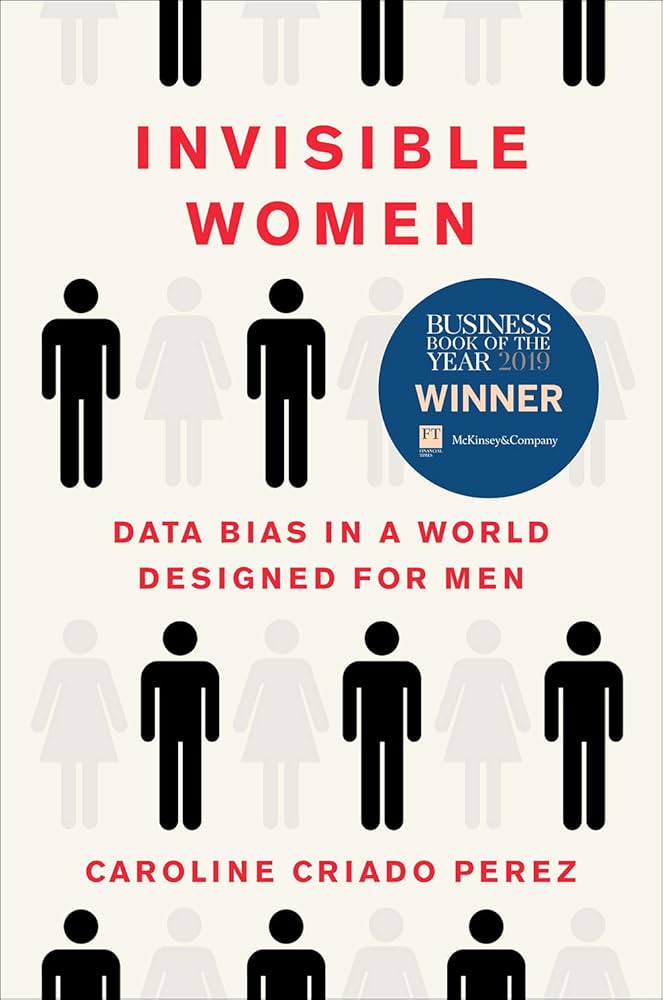Invisible Women

Here are some (humbling) observations made by researchers (such as Caroline Criado-Perez in the book Invisible Women) over the last few decades:
- The male gender is viewed as the default in most forms of communication.
- Women have intentionally or unintentionally been excluded from a majority of research studies over the past several decades (and that trend is only slightly improving over time).
- Women disproportionately work more than the average male yet are not paid for such (necessary) work, such as childcare and education.
These three observations alone contribute substantially to economic, sociopolitical, and cultural turmoil even amongst societies boasting egalitarian gender roles. What can be done about this problem? To start with, science needs to begin including women not as an optional (add-on) gender axis to include in study designs but as a foundational dimension of future studies. Once the scientific community has paved the way for this change, society at large can begin to converse more fluently (i.e., armed with robust data) about how to provide fair compensation and admiration for women worldwide.